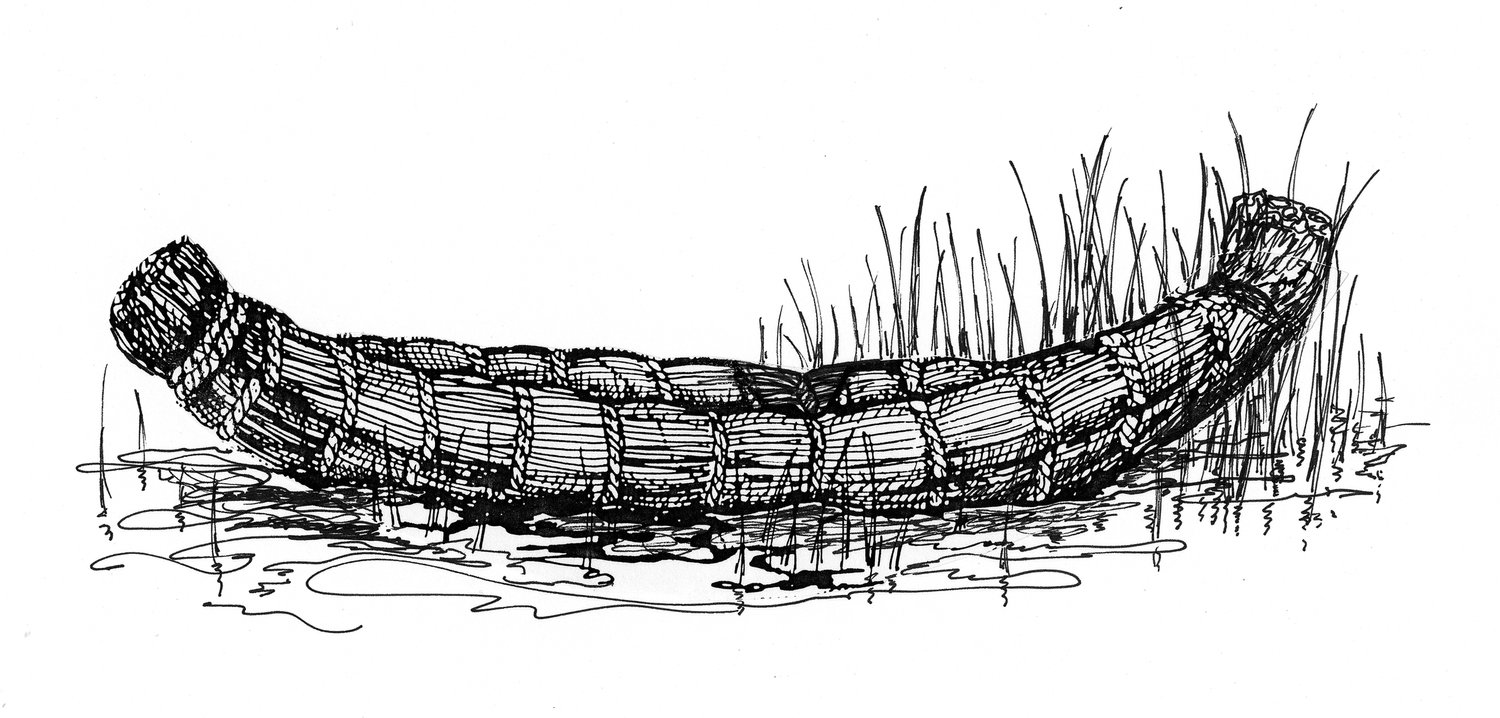Aulun — Ohlone Abalone
Did you know? The word “abalone” originated from the Rumsen word for Red Abalone (Haliotis rufescens) — aulun. The Spanish colonizers adopted the word, changing it slightly to “aulón,” and later to “abalón.” You might want to Google “etymology of word abalone” for confirmation!
Monterey’s early English speakers of the 1800s also referred to abalones as “aulones.” The Monterey Weekly Herald, November 27, 1875, ran an article “The Aulone” in which it stated, in part: “… In former years the interior Indians in great numbers were in the habit of visiting the coast to gather aulone shells. They would spend months by the shore in breaking them into suitable pieces for the nose, ear and neck ornaments …”
Pry bars made of whale ribs were used by Rumsen divers to pry abalone from the rocks. Such a pry, found at Point Lobos, is in the collection of the Pacific Grove Museum of Natural History.
Frank F. Latta, who worked with many Central Valley Yokuts people, wrote: “Spangles and ornaments of various forms and sizes were made from abalone shell. I have several statements establishing the fact that they passed from person to person as money; but because of their supernatural power, they were valued so highly that such use was greatly restricted.” (Handbook of Yokuts Indians by F. F. Latta, 1949, p. 70)
The beautiful, magical iridescence of abalone shells made them valuable to our Rumsen Ohlone ancestors and to other Native peoples throughout California and beyond. The shells were shaped into pendants and beads for personal adornment and to dangle from the sides of colorfully feathered baskets.
Aulun remains precious to our Rumsen Ohlone community today. Whether as earrings or necklaces, or sparkling ornamentation on our dance regalia, we wear it proudly as a reflection of the beauty of nature and the beauty of our Rumsen culture.
